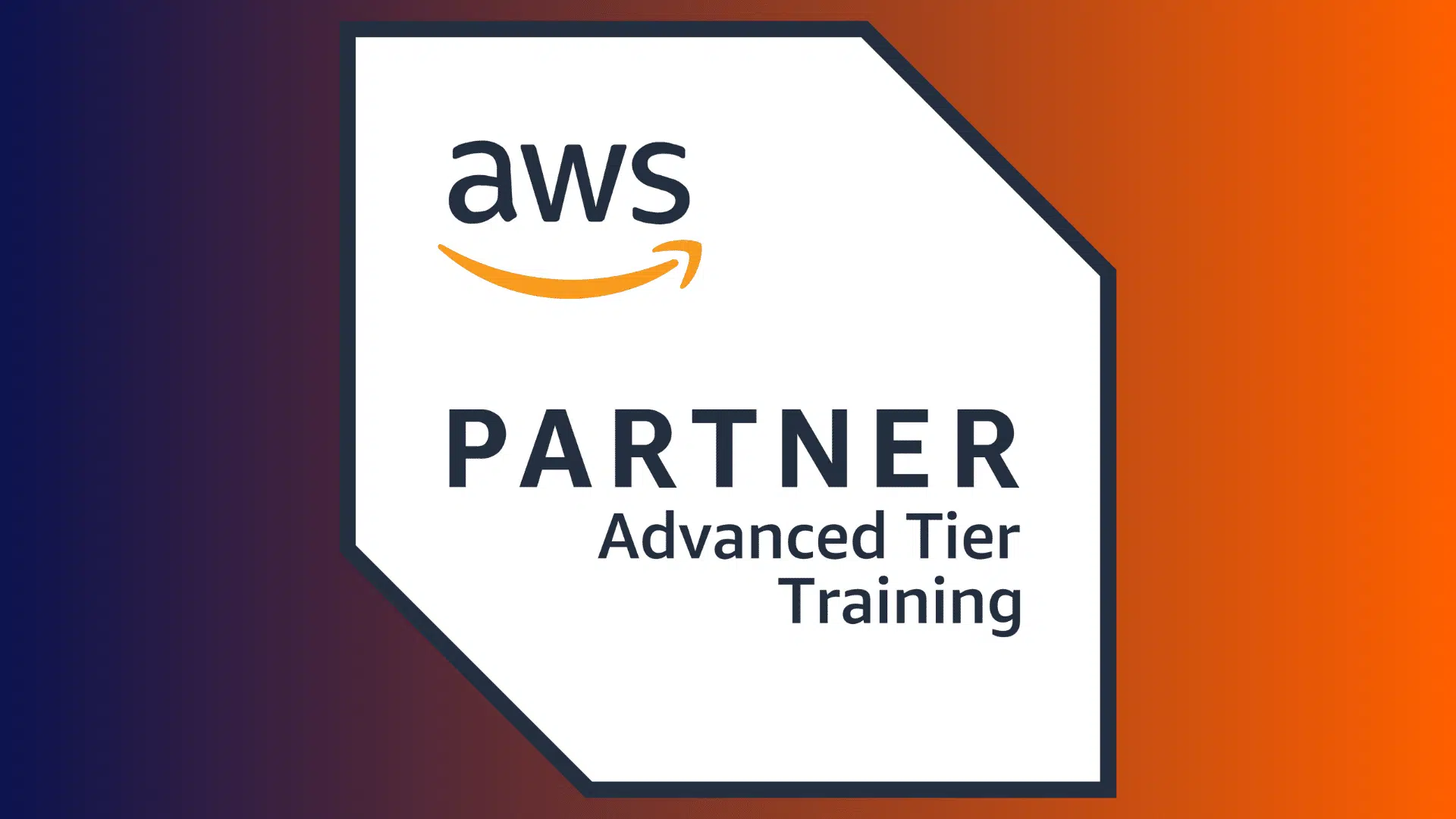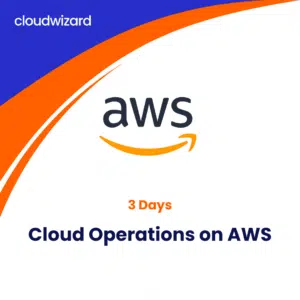Running Containers on Amazon Elastic Kubernetes Service

₹45,000
- Level: Fundamental
- Type: Classroom (Virtual or In-person)
- Length: Certificate on completion
- Describe the principles of Amazon EKS and Kubernetes and the effects of containers on workflows.
- By choosing the appropriate computational resources to support worker nodes, construct an Amazon EKS cluster.
- To secure your environment, utilize Kubernetes Role Based Access Control (RBAC) authorization with AWS Identity and Access Management (IAM) authentication.
- Install a program on the cluster. Upload container images to Amazon ECR, then use IAM policies to control access.
- Utilize pipelines and automated methods to deploy apps. Use WeaveFlux to construct a GitOps pipeline.
- To find metrics for performance optimization, utilize AWS X-Ray to gather monitoring data from metrics, logs, and tracing. Examine situations when bottlenecks call for the optimal horizontal or vertical growth strategy.
- Analyze the trade-offs between cost, resilience, and efficiency, as well as the effects of prioritizing one over the others. Describe and sketch a comprehensive, iterative strategy for improving your surroundings—plan with cost, effectiveness, and resilience in mind.
- AWS networking services should be configured to accommodate the cluster. Describe the support and ease of inter-node communication provided by Amazon Virtual Private Cloud (VPC) for Amazon EKS clusters. Describe the VPC Container Network Interface\’s purpose (CNI). Look at the advantages of a service mesh.
- Upgrade Amazon EKS, Kubernetes, and other technologies.
- Anyone who will handle container orchestration on the AWS Cloud, such as systems administrators and DevOps engineers
- Amazon Elastic Kubernetes Service completed (EKS) Primer
- AWS Cloud Practitioner Essentials certification obtained (or equivalent real-world experience)
- Basic familiarity with Linux administration
- Basic knowledge of network management
- Basic understanding of micro-services and Containers
Module 0: Course Introduction
- Course preparation activities and agenda
Module 1: Kubernetes Fundamentals
- Container orchestration
- Kubernetes objects
- Kubernetes internals
Module 2: Amazon EKS Fundamentals
- Introduction to Amazon EKS
- Amazon EKS control plane
- Amazon EKS data plane
- Fundamentals of Amazon EKS security
- Amazon EKS API
Module 3: Building an Amazon EKS Cluster
- Configuring your environment
- Creating an Amazon EKS cluster
- Demo: Deploying a cluster
- Deploying worker nodes
- Demo: Completing a cluster configuration
- Preparing for Lab 1: Building an Amazon EKS Cluster
Module 4: Deploying Applications to Your Amazon EKS Cluster
- Configuring Amazon Elastic Container Registry (Amazon ECR)
- Demo: Configuring Amazon ECR
- Deploying applications with Helm
- Demo: Deploying applications with Helm
- Continuous deployment in Amazon EKS
- GitOps and Amazon EKS
- Preparing for Lab 2: Deploying Applications
Module 5: Configuring Observability in Amazon EKS
- Configuring observability in an Amazon EKS cluster
- Collecting metrics
- Using metrics for automatic scaling
- Managing logs
- Application tracing in Amazon EKS
- Gaining and applying insight from observability
- Preparing for Lab 3: Monitoring Amazon EKS
Module 6: Balancing Efficiency, Resilience, and Cost Optimization in Amazon EKS
- The high level overview
- Designing for resilience
- Designing for cost optimization
- Designing for efficiency
Module 7: Managing Networking in Amazon EKS
- Review: Networking in AWS
- Communicating in Amazon EKS
- Managing your IP space
- Deploying a service mesh
- Preparing for Lab 4: Exploring Amazon EKS Communication
Module 8: Managing Authentication and Authorization in Amazon EKS
- Understanding the AWS shared responsibility model
- Authentication and authorization
- Managing IAM and RBAC
- Demo: Customizing RBAC roles
- Managing pod permissions using RBAC service accounts
Module 9: Implementing Secure Workflows
- Securing cluster endpoint access
- Improving the security of your workflows
- Improving host and network security
- Managing secrets
- Preparing for Lab 5: Securing Amazon EKS
Module 10: Managing Upgrades in Amazon EKS
- Planning for an upgrade
- Upgrading your Kubernetes version
- Amazon EKS platform versions
Why choose Cloud Wizard
- Advanced Tier Training Partner
- Amazon Authorised Instructors
- Official AWS Content
- Hands-on Labs
Class Deliverables
- E-Content kit by AWS
- Hands-on labs
- Class completion certificates
- Exam Prep sessions
Dates Available
Choose a date that works for you and click on Book Now to proceed with your registration.
Don't see a date that works for you?
Fill in the form below to let us know.
Related courses
Related products
-
AWS Training
Building Data Analytics Solutions Using Amazon Redshift
You will create a data analytics solution in this course utilizing the cloud data warehouse provider Amazon Redshift. The course focuses on the parts of the analytics pipeline that deal with data collection, ingestion, cataloging, storage, and processing.
-
AWS Training
Data Warehousing on AWS
You will be introduced to concepts, strategies and best practices for designing cloud-based data warehousing solutions using Amazon RedShift. The course also teaches you how to collect, store and analyze data for the data warehouse by using AWS services.
-
AWS Training
Cloud Operations on AWS
The course teaches System Administrators, Software Engineers and anyone else who manages every-day operations in the AWS Cloud, how to – Install, configure, automate, secure, maintain and debug services, networks and systems that are necessary to support the business applications.
-
AWS Training
AWS Cloud Practitioner Essentials
This course is designed for individuals with little to no experience on the AWS Cloud. You will learn about AWS Cloud concepts, AWS services such as Security, AWS Architecture, Pricing and Support to develop their knowledge on the AWS Cloud.
The course covers AWS Services such as Compute, Networking, Database and Storage along with AWS Well-Architected Framework, AWS Cloud Migration and the shared responsibility model in detail. It will also help you prepare for the AWS Certified Cloud Practitioner Exam.
Aspirants with a background in Sales, Legal, Marketing, Business Analysts, Project Managers, IT professionals or anyone looking for a headstart in the AWS Cloud domain can join the course. It is delivered by an Amazon Authorized Instructor with a mix of presentations, class activities and frequent knowledge checks.





